This story is featured in the October issue of the BCMS San Antonio Medicine magazine.
People may picture tai chi as graceful, slow-motion movements practiced in parks or community centers. But Wei Liu, PhD, research director of the Human Performance and Rehabilitation Research Lab and associate professor in the Department of Physical Therapy at The University of Texas at San Antonio Health Science Center School of Health Professions, sees tai chi as more than cultural tradition or gentle exercise. His research shows tai chi is a quantifiable, therapeutic tool that merges Chinese medicine with the rigor of Western science.
“There was a gap in knowledge. People were using tai chi in interventions without a clear scientific rationale,” Liu said. “We didn’t know what forms worked best, or for whom.”
Motion to medicine
Liu began his career in biomechanics and biomedical engineering, analyzing movement with high-tech, motion-tracking systems. In his lab, reflective markers attached to points on the body show the biomechanics of tai chi, revealing how each form alters joint load, balance, and coordination.

His early studies discovered that not all tai chi forms have the same benefits. For older adults or people with knee osteoarthritis, some movements improve mobility while others instead risk increased joint stress.
“Not every form has a benefit for every individual, so we pick what is best,” Liu said. “We found we could reduce 24 forms to just four while still achieving the same clinical outcomes.”
By optimizing the process, Liu said it’s possible to transform tai chi from a “one-size-fits-all” intervention into something far more precise and clinically effective.
Integrative medicine: Where tradition meets evidence
Liu’s work fits within the broader field of integrative medicine, which blends conventional care with evidence-based complementary therapies. Ancient traditional practices like yoga, acupuncture, and meditation have all shown measurable benefits in areas ranging from chronic pain to mental health.
“These are called nonpharmacologic approaches. They are low-cost, safe, and can often reduce reliance on medications,” said Liu.
In a time of rising healthcare costs and growing concern about over-medication in aging populations, this alternative approach is gaining traction. By offering strategies that may improve mobility, relieve pain, and boost cognitive resilience, integrative therapies show promise for complementing traditional care, not replacing it.
Tai chi, like yoga, trains both the body and the mind. Its squat-based postures build leg strength while its sequences challenge coordination and memory, stimulating cognitive networks. Acupuncture, likewise, has been integrated into pain clinics and oncology care, where it has been shown to ease symptoms without drug interactions. Mindfulness meditation is increasingly “prescribed” along with behavioral therapy for stress and insomnia.
“The practice of medicine is not only about prescribing a pill,” Liu said. “It is ultimately about helping people connect with their body and mind in ways that support long-term health.”
Mind-body connection in dementia care
One of Liu’s most promising areas of research involves using tai chi to diminish fall risks for older adults with dementia. Tai chi, with its emphasis on balance and mindful movement, is well-suited for this approach.
“When you’re practicing tai chi, it is a challenge to your dynamic balance,” Liu said. “That means you’re using your brain, connecting your muscles, then making the whole thing work. Our hypothesis is that if people with dementia learn to handle those balance challenges, they’ll be less likely to fall in daily life.”
What sets his approach apart is the focus on both mobility and cognition. Where most dementia studies concentrate on memory, Liu’s team investigates how movement training can simultaneously sharpen executive function. “It’s not like walking, which can become automatic,” he said. “With tai chi, you must plan, remember sequences, and coordinate the motions. That takes continuous engagement in the brain.”
Ancient to AI: The frontier ahead
Liu’s lab is also pioneering artificial intelligence tools that can provide personalized tai chi interventions. By inputting motion data, demographics, medication history, and fall records into machine-learning models, his team is building a predictive system to match patients with the right tai chi regimen.
“AI helps us personalize intervention, which can save time for providers and maximize benefit for patients,” Liu said.
His lab hopes to create a mobile app that can integrate with electronic health records, provides at-home instruction, and even helps insurers stratify fall risk to reduce emergency room costs.
Integrative, affordable, empowering
Liu’s tai chi research is a model of what integrative medicine can offer — affordable, accessible therapies that enhance, without replacing, Western treatments.
“It’s a win-win-win,” he said. “Providers can reduce medication burden, patients feel empowered, and insurers save money on preventable injuries.”

